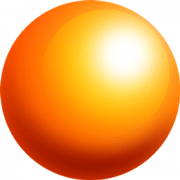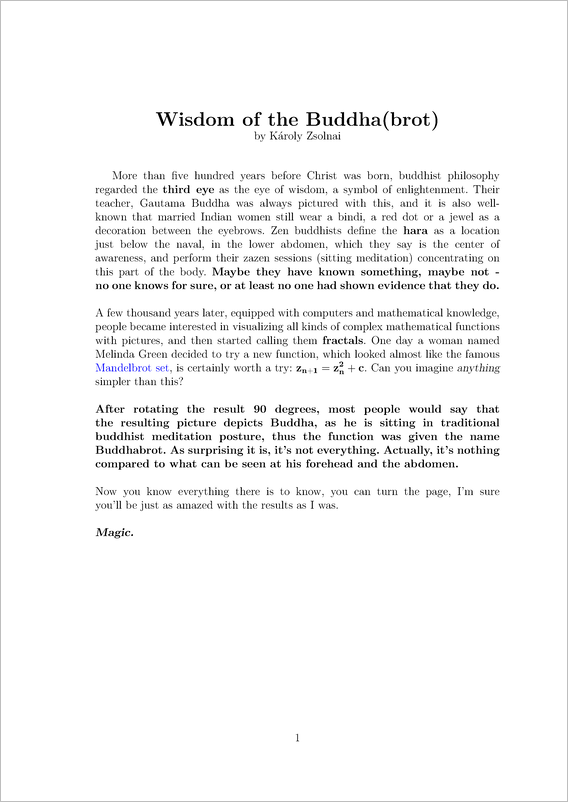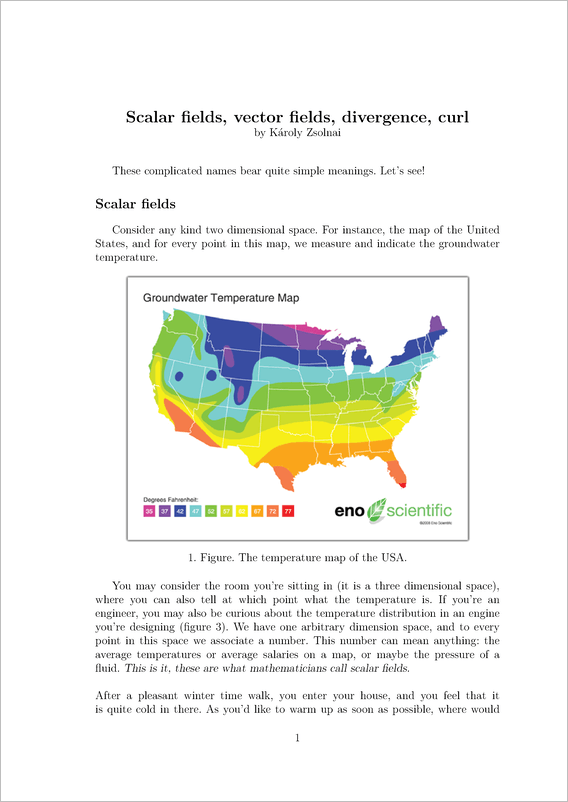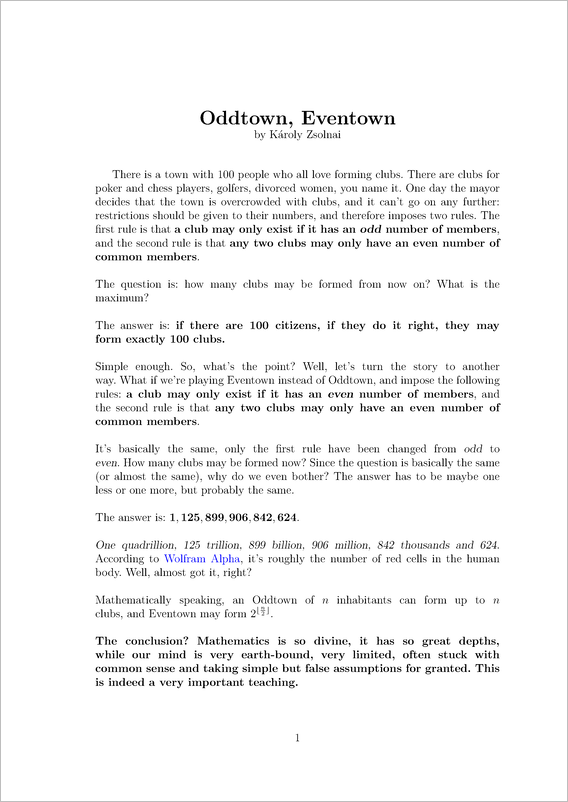On peer review and paper preprint dissemination
I have recently come across two great pieces:
Professor Larry Wasserman and Walter Noll suggests a simple two-tier publishing system.
CERN physicists show statistics on the viability of arXiv in High Energy Physics (HEP) research, where they found the following:
- as of 2008, more than 95% of the peer-reviewed HEP journal articles are also published on the arXiv,
- the highest impact factor articles are both submitted to a journal and published on arXiv,
- articles that are submitted to arXiv before review obtain 20% of their first 2-year citation count by the time the journal article is accepted, and they also enjoy more than five times as many citations during this 2-year period,
- scientists read the arXiv more often than journal websites.
Physicists have been doing this for more than two decades now. If we are to improve our publishing system in computer graphics research, this is definitely a promising direction. Why don’t we?








